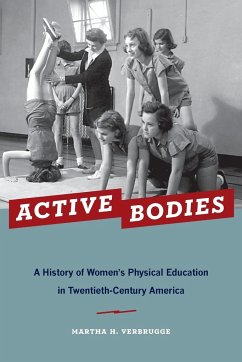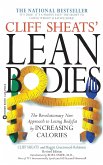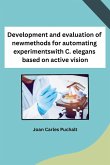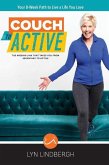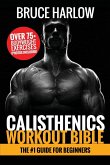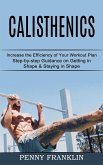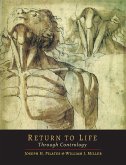During the twentieth century, opportunities for exercise and sports grew significantly for girls and women in the United States. Among the key figures who influenced this revolution were female physical educators. Drawing on extensive archival research, Active Bodies examines the ideas, experiences, and instructional programs of white and black female physical educators who taught in public schools and diverse colleges and universities, including coed and single-sex, public and private, and predominantly white and historically black institutions. Working primarily with female students, women physical educators had to consider what an active female could and should do in comparison to boys and men. Applying concepts of sex differences, they debated the implications of female anatomy, physiology, reproductive functions, and psychosocial traits for achieving gender parity in the gym. Teachers' interpretations were conditioned by the places where they worked, as well as developments in education, feminism, and the law, society's changing attitudes about gender, race, and sexuality, and scientific controversies over the nature and significance of sex differences. While deliberating fairness for their students, women physical educators also pursued equity for themselves, as their workplaces and nascent profession often marginalized female and minority personnel. Questions of difference and equity divided the field throughout the century; while some teachers favored moderate views and incremental change, others promoted justice for their students and themselves by exerting authority at their schools, critiquing traditional concepts of "difference," and devising innovative curricula. Exploring physical education within and beyond the gym, Active Bodies sheds new light on the enduring complexities of difference and equity in American culture.
Hinweis: Dieser Artikel kann nur an eine deutsche Lieferadresse ausgeliefert werden.
Hinweis: Dieser Artikel kann nur an eine deutsche Lieferadresse ausgeliefert werden.

